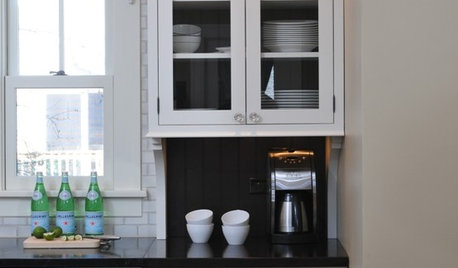Lead based paint cleanup question
missouri1
15 years ago
Featured Answer
Sort by:Oldest
Comments (15)
mainegrower
15 years agojejvtr
15 years agoRelated Professionals
Ballenger Creek Kitchen & Bathroom Designers · North Versailles Kitchen & Bathroom Designers · Northbrook Kitchen & Bathroom Designers · Roselle Kitchen & Bathroom Designers · St. Louis Kitchen & Bathroom Designers · St. Louis Kitchen & Bathroom Designers · Wentzville Kitchen & Bathroom Designers · Beachwood Kitchen & Bathroom Remodelers · 93927 Kitchen & Bathroom Remodelers · Jacksonville Kitchen & Bathroom Remodelers · Luling Kitchen & Bathroom Remodelers · Panama City Kitchen & Bathroom Remodelers · Terrell Kitchen & Bathroom Remodelers · Franklin Architects & Building Designers · Portage Architects & Building Designersgayle0000
15 years agomissouri1
15 years agokec01
15 years agojejvtr
15 years agoericwi
15 years agosombreuil_mongrel
15 years agomainegrower
15 years agosombreuil_mongrel
15 years agomissouri1
15 years agoconcretenprimroses
15 years agobrickeyee
15 years agosombreuil_mongrel
15 years ago
Related Stories

HEALTHY HOMEGet the Lead Out: Lead Safety at Home
Keep your family safe by properly testing for and dealing with lead in old painted surfaces, water and soil
Full Story
HOUSEKEEPINGThe Great Kitchen Cabinet Cleanup
Purge your way to a clean kitchen, then put pieces back for maximum efficiency and orderliness, with this step-by-step guide
Full Story
REMODELING GUIDESSurvive Your Home Remodel: 11 Must-Ask Questions
Plan ahead to keep minor hassles from turning into major headaches during an extensive renovation
Full Story
SELLING YOUR HOUSE15 Questions to Ask When Interviewing a Real Estate Agent
Here’s what you should find out before selecting an agent to sell your home
Full Story
LANDSCAPE DESIGN7 Questions to Ask Before Laying Stepping Stones
These broken-up pathways invite you to put a spring in your step — while adding functionality to the garden
Full Story
GREEN BUILDINGConsidering Concrete Floors? 3 Green-Minded Questions to Ask
Learn what’s in your concrete and about sustainability to make a healthy choice for your home and the earth
Full Story
REMODELING GUIDESConsidering a Fixer-Upper? 15 Questions to Ask First
Learn about the hidden costs and treasures of older homes to avoid budget surprises and accidentally tossing valuable features
Full Story
LIGHTING5 Questions to Ask for the Best Room Lighting
Get your overhead, task and accent lighting right for decorative beauty, less eyestrain and a focus exactly where you want
Full Story
GREEN DECORATING8 Questions to Help You See Through Green Hype
With the ecofriendly bandwagon picking up some dubious passengers, here's how to tell truly green products and services from the imposters
Full Story
MOST POPULAR8 Questions to Ask Yourself Before Meeting With Your Designer
Thinking in advance about how you use your space will get your first design consultation off to its best start
Full StoryMore Discussions










sombreuil_mongrel